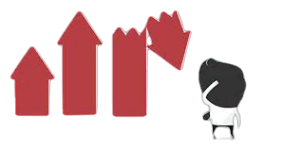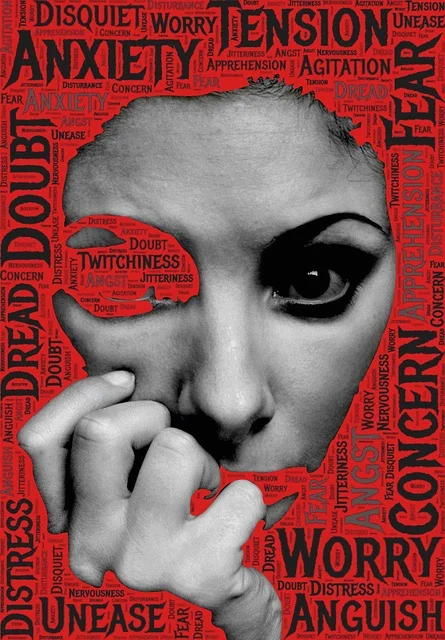A brain development issue called autism spectrum disorder affects how a person sees and interacts with other people, leading to difficulties with communication and social interaction. Restricted and recurring behavioral patterns are another feature of the illness. In autism spectrum disorder, the term “spectrum” describes the broad range of symptoms and severity.
Previously diagnosed as distinct disorders, autism spectrum disorder include Asperger’s syndrome, childhood dis-integrative disorder, autism, and an unidentified type of pervasive developmental disability. The milder end of autism spectrum disorder is widely considered to be “Asperger’s syndrome,” a term that is still occasionally used.
What is autism spectrum disorder?
A developmental disorder brought on by variations in the brain is known as autism spectrum disorder (ASD). Certain individuals with ASD are known to differ, perhaps due to a hereditary disease. There are still unknown causes. According to scientists, ASD is caused by a combination of factors that alter the typical manner in which people grow. There is still a lot we don’t know about these reasons and how they affect individuals with ASD.
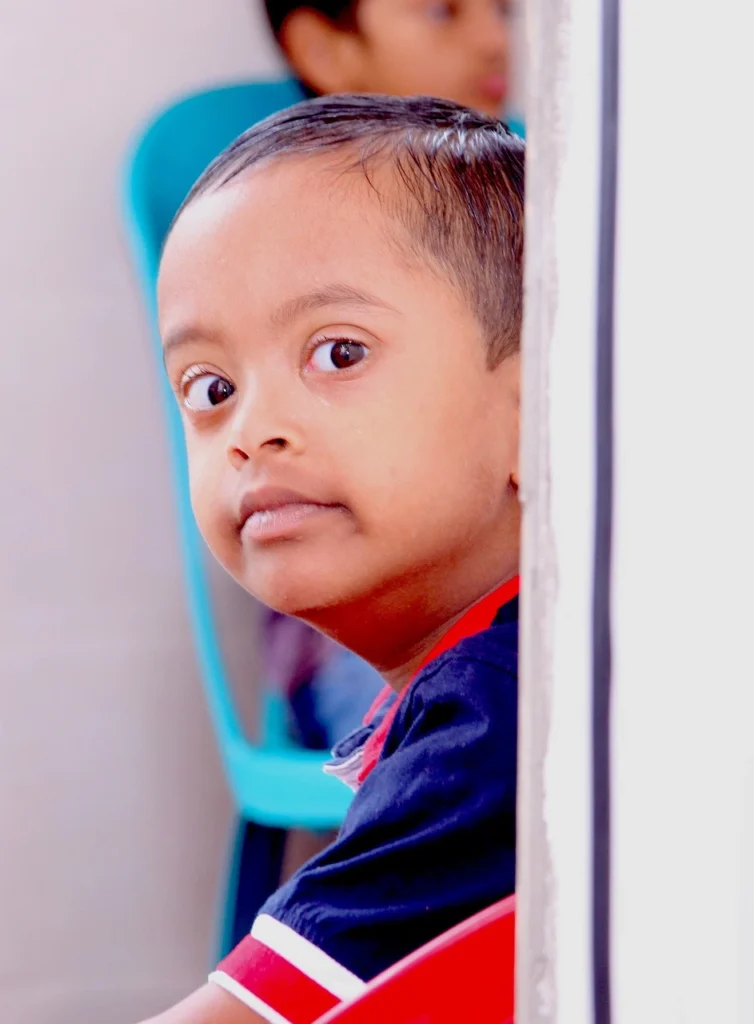
ASD sufferers may exhibit distinct behaviors, modes of communication, interactions, and learning from most other people. Frequently, there is nothing unique about their appearance that makes them stand out from the crowd. People with ASD might have a wide range of abilities. For instance, while some individuals with ASD may be quite skilled communicators, others may be nonverbal.
ASD can manifest at any point in a person’s life, though symptoms may gradually become better. It usually starts before the age of three. Within the first 12 months of life, some children exhibit symptoms of ASD. Others may not experience symptoms until they are 24 months old or older. Around 18 to 24 months of age, some children with ASD stop learning new abilities or lose the talents they previously have. Until then, they continue to meet developmental milestones and acquire new skills.
When kids with ASD grow into teenagers and young adults, they could struggle to make and keep friends, interact with peers and adults, or figure out what kinds of behaviors are appropriate at work or in the classroom. Healthcare professionals could become aware of them because they also have condition like anxiety, depression,adhd etc.
Symptoms
Early infancy can see some children exhibit symptoms of autism spectrum condition, such as decreased eye contact, a lack of reaction to their name, or apathy toward caretakers. Some kids could grow up properly for the first few months or years of their lives, but then all of a sudden they start acting distant or violent, or they stop using the language they’ve already learned. At two years old, signs typically appear. From low functioning to high functioning, every child with autism spectrum condition is likely to have a different pattern of behavior and severity.
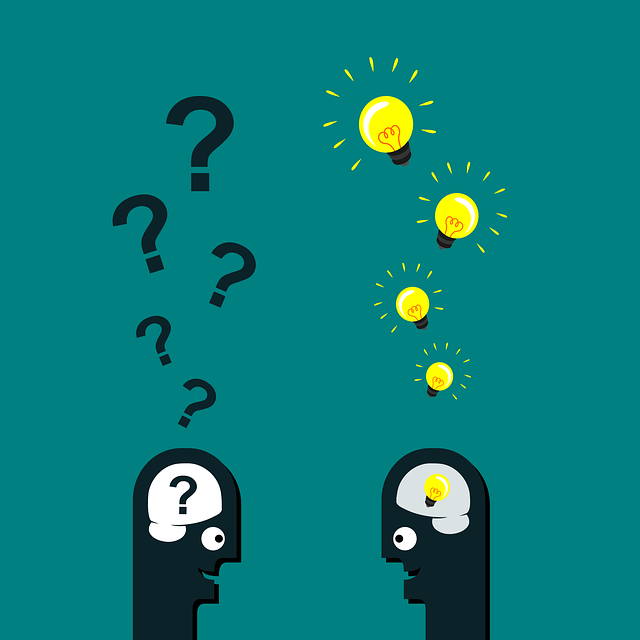
Some children with autism spectrum condition have trouble learning, and some have symptoms of lower than normal intelligence. Some children with the disease have normal to high intelligence; they pick things up fast but struggle with social situations, communication, and implementing what they learn.
Determining the severity of a child’s symptoms might occasionally be challenging because of their individual blend. Usually, it depends on the severity of the impairments and how they affect one’s capacity to operate.
Some typical symptoms displayed by individuals with autism spectrum disorder are listed below.
Social communication and engagement
Any of the following symptoms could indicate that a child or adult with autism spectrum condition struggles with communication and social interaction:
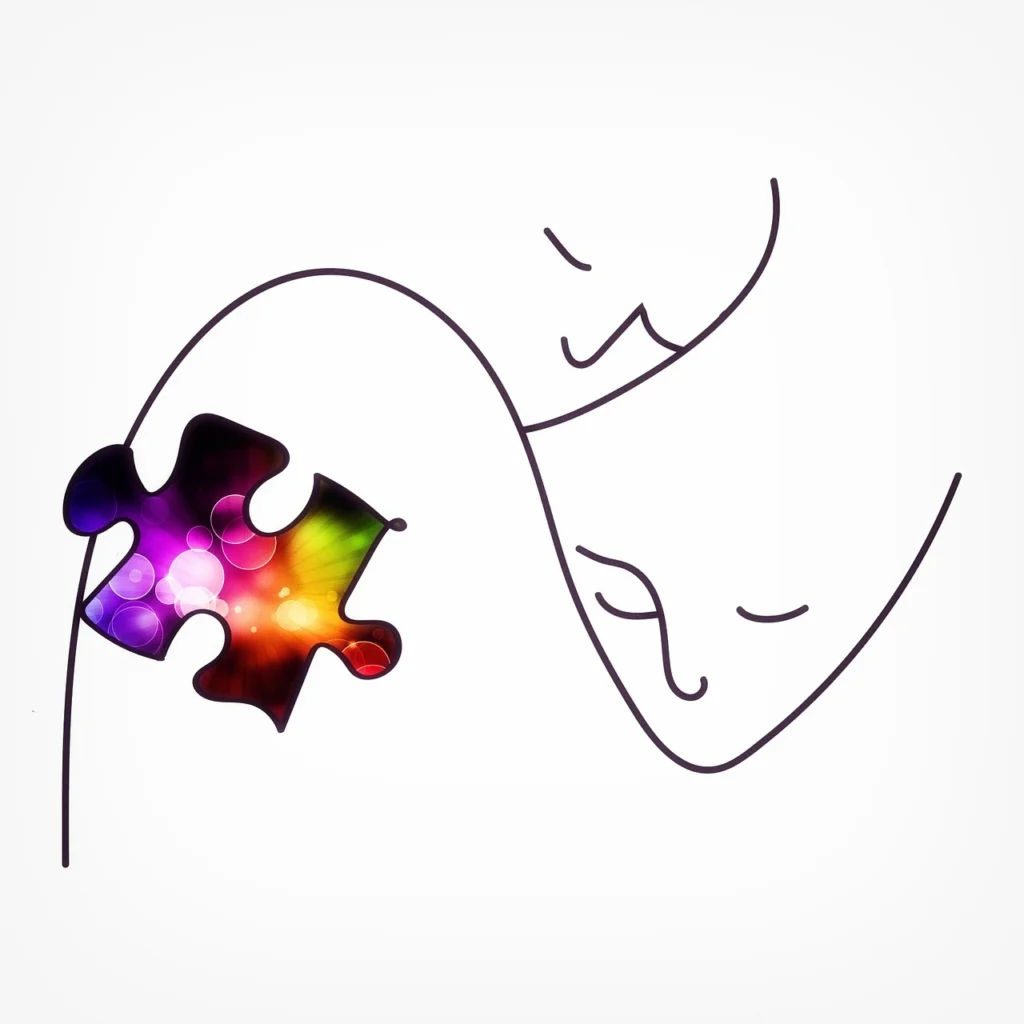
- sometimes seems not to hear you or doesn’t react when you call out their name
- refuses to be held or cuddled, appearing to prefer playing by themselves and withdrawing into their own world
- lacks expressiveness and makes bad eye contact
- speaks silently, speaks slowly, or loses the capacity to articulate words or sentences
- Unable to initiate or maintain a conversation, or only initiates one in order to make requests or label things
- Uses a sing-song voice or a robotic voice, and they may speak in an unusual rhythm or tone.
- verbatim repeats words or phrases without understanding how to use them
- Does not seem to comprehend basic instructions or queries
- doesn’t show empathy or sentiment and seems oblivious to the feelings of others
- Does not bring objects to convey interest or point at them
- improperly enters a social situation by becoming withdrawn, combative, or disruptive
- finds it difficult to read nonverbal signs from others, such as their tone of voice, body language, or facial expressions
Behavior patterns
A child or adult diagnosed with autism spectrum disorder may have restricted, recurring interests, activities, or behavioral patterns, such as any of the following:
- Makes repetitive motions with their hands, such as flapping, spinning, or rocking.
- engages in behaviors that have the potential to be harmful to oneself, like biting or headbands
- forms specialized habits or rituals and feels agitated at the smallest deviation
- Features unusual, rigid, or exaggerated body language, as well as issues with coordination or unusual movement patterns, such as clumsiness or walking on toes.
- Is captivated by an object’s finer features, like a toy car’s spinning wheels, but lacks comprehension of the object’s main purpose or function Is remarkably sensitive to light, sound, or touch, but may be unaffected by pain or temperature
- Does not play pretend or imitate others
- fixations with unusual intensity or focus on a thing or activity
Some kids with autism spectrum disorder exhibit fewer behavioral problems and are more socially engaged as they get older. Eventually, some people—typically the ones with the least serious issues—may have regular or nearly normal lives. Some, on the other hand, still struggle with language or social skills, and adolescence can exacerbate emotional and behavioral issues.
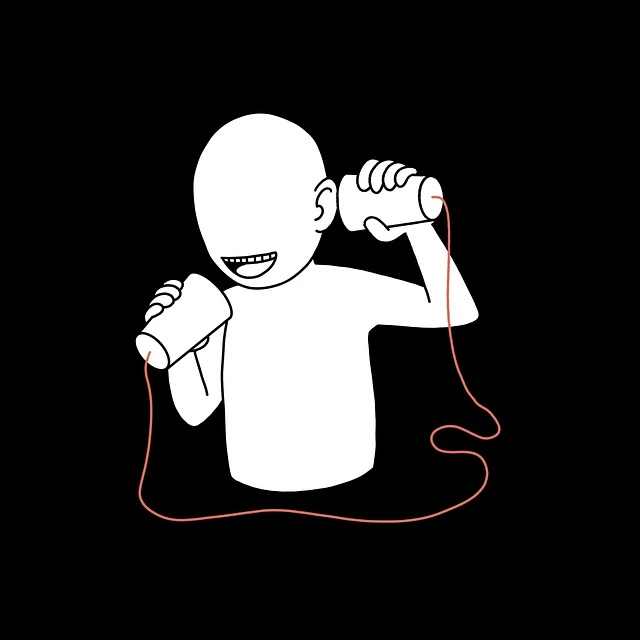
Causes
The cause of autism spectrum disorder is unknown. There are most likely numerous causes because of the disorder’s intricacy and the fact that its symptoms and severity vary. There could be a role for both environment and genetics.
Genetics.
Autism spectrum disease appears to be influenced by multiple genes. Some children’s autism spectrum disorder may be linked to a hereditary condition like fragile X syndrome or Rett syndrome. Genetic alterations, or mutations, may raise the likelihood of autism spectrum disease in other kids. Other genes might influence a brain’s development, the communication between brain cells, or the intensity of a symptom. While certain genetic mutations appear to be inherited, others develop on their own.
Environmental elements.
Scholars are presently investigating the potential significance of several elements, including air pollution, drugs, pregnancy difficulties, or viral infections, in initiating autism spectrum condition.
Diagnosis or Identification
During routine checks, the doctor of your child will look for indications of developmental delays. You’ll probably be directed to a pediatric neurologist, developmental pediatrician, child psychiatrist, or psychologist who treats children with autism spectrum disorder if your child exhibits any symptoms of the condition.
Diagnosing autism spectrum disease can be challenging because of the large variations in symptoms and severity. There isn’t a particular medical examination that can identify the condition. Alternatively, an expert might:
- Keep an eye on your child and inquire about how their conduct, social skills, and communication abilities have evolved over time.
- Test your child’s speech, language, hearing, developmental stage, and social and behavioral concerns.
- Give your child structured social and communication experiences, then record their performance and provide a grade.
- Utilize the criteria included in the American Psychiatric Association’s Diagnostic and Statistical Manual of Mental Disorders (DSM-5).
- Consult additional experts when making a diagnosis.
- Suggest having your child tested for genetic disorders to determine if they have fragile X syndrome or Rett syndrome.
Treatment
There is no one-size-fits-all treatment for autism spectrum condition, nor is there a cure. The purpose of treatment is to minimize symptoms of autism spectrum condition and enhance learning and development in order to maximize your child’s functional abilities. Your preschooler can acquire important social, communication, functional, and behavioral skills with the support of early intervention.
The array of therapies and interventions available for autism spectrum disorder, both in schools and at home, can be somewhat intimidating, and your child’s requirements might evolve over time. Your healthcare physician can assist you in finding local services and make recommendations.
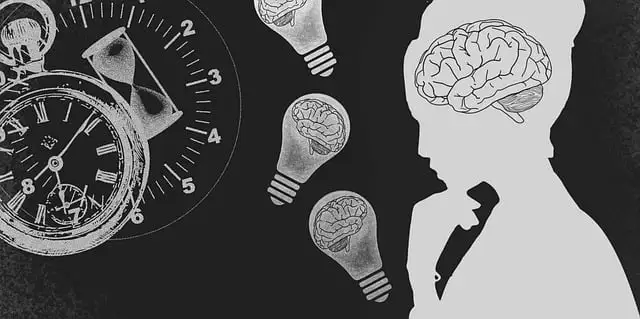
Behavior and communication therapy
Therapy based on behavior and communication. Numerous initiatives target the variety of behavioral, linguistic, and social challenges linked to autism spectrum condition. Certain programs concentrate on teaching new skills and minimizing harmful behaviors. Some programs instruct kids on how to behave in social settings or improve their interpersonal communication skills. Through a reward-based motivation system, applied behavior analysis (ABA) can assist youngsters in learning new skills and applying these skills to a variety of contexts.
Educational therapies
Highly organized educational programs are often beneficial for children diagnosed with autism spectrum disorder. A group of experts and an assortment of activities aimed at enhancing behavior, social skills, and communication are common components of effective programs. When preschoolers get focused, tailored behavioral treatments, they frequently make good improvement.
Family counseling
In addition to teaching communication and everyday living skills, parents and other family members can also learn how to play and engage with their kids in ways that foster social connection and help them manage troublesome behaviors.
Alternative treatments
Physical treatment to enhance movement and balance, occupational therapy to teach daily living skills, and speech therapy to enhance communication abilities may all be helpful, depending on your child’s needs. A psychologist can offer suggestions for dealing with problematic behavior.
Medications
The primary symptoms of autism spectrum condition cannot be improved by medicine, however some treatments can assist manage symptoms. For instance, your child may be administered specific medications if they are hyperactive; antipsychotic meds are occasionally used to address severe behavioral issues; and antidepressants may be prescribed if your child is anxious. Inform all medical professionals about any vitamins or medications your child is taking. Interactions between some drugs and supplements may result in harmful side effects.
Complementary medicine
Since there is no known cure for autism spectrum condition, many parents turn to complementary or alternative therapies. However, there is little to no evidence supporting the efficacy of these therapies. Unintentionally, you could encourage bad behavior. Additionally, some alternative therapies may be harmful.
Discuss the scientific backing for any therapy your kid is contemplating with their physician.
In addition to evidence-based treatments, complementary and alternative therapies have the potential to provide certain advantages. These include:
Artistic therapy
Some parents decide to add music therapy or art therapy, which aims to lessen a child’s sensitivity to touch or sound, in addition to educational and medical interventions. When combined with other treatments, these medicines might have some advantages.
Treatments based on senses
The unproven hypothesis that underlies these therapies is that individuals with autism spectrum disorder suffer from a sensory processing impairment, which impairs their ability to tolerate or process sensory input like touch, balance, and hearing. To activate these senses, therapists employ tools like brushes, squeeze toys, trampolines, and other materials. Although studies have not demonstrated the efficacy of these medicines, it is plausible that they could have some advantages when combined with other forms of care.
Massage.
Massage may be soothing, but not enough research has been done to say whether it helps with autism spectrum disease symptoms.
Therapy using pets or horses.
Though additional research is required to discover whether animal interaction improves symptoms of autism spectrum condition, pets can offer companionship and recreational opportunities.

